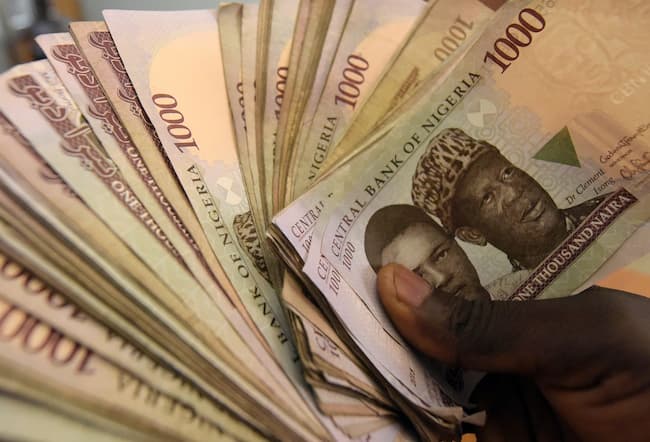The Central Bank of Nigeria (CBN) has disclosed that currency in circulation dropped Month-on-Month (MoM) by N4.59 billion or 0.14 percent in March 2022 to N3.24 trillion from N3.25 trillion in February 2022.
In its Money and Credit Statistics, the apex bank had reported N3.29 trillion in money in circulation in January 2022. Several intervention policies pushed currency circulation to its highest level in December 2021.
Nigeria’s currency circulating in the economy has recorded significant growth since the Central Bank maintained its dovish monetary approach to ensure the recovery of the nation’s economy following the recession recorded in 2020 caused by the covid-19 pandemic.
However, in three consecutive months, it has recorded a decline, dropping by N37.13 billion in January and N37.84 billion in February 2022.
According to CBN, banks’ credit to the private sector rose by 1.07 percent to N36.37 trillion in March from N35.18 trillion in January 2022.
The reported figure by CBN is the highest banks’ credit to the private sector as the apex bank maintained its 65 percent Loan-to-deposit (LDR) policy that sustained banks’ lending to the real sector.
Aside from banks’ lending to the private sector, the banks’ lending to the government also grew by 10.8 percent to N16.3 trillion in March 2022 from N14.72 trillion reported by the CBN in February this year.
The data also revealed that net domestic credit rose by 3.9 percent to N52.69 trillion in March 2022 from N50.7 trillion in February 2022, signifying an uptick in economic activities.
The Deputy Governor, Financial System Stability, CBN, Aisha Ahmad, stated that improvements in the macroeconomy were propelled by a resilient financial system that channeled significant credit to support growth-enhancing sectors such as agriculture, manufacturing, and general commerce, as well as individuals and households.














